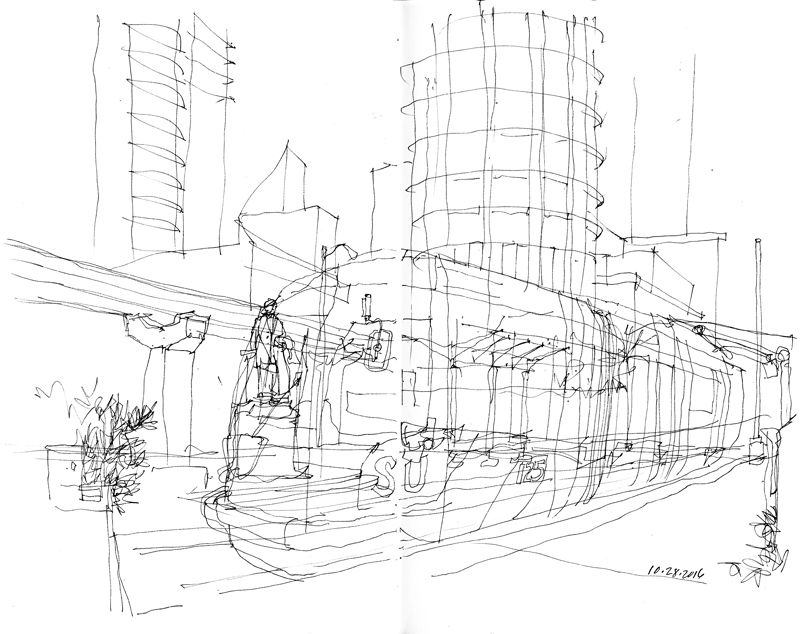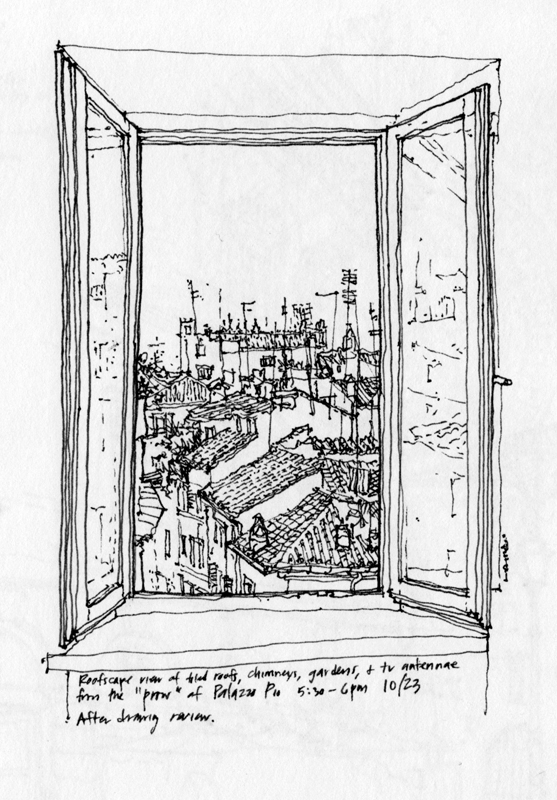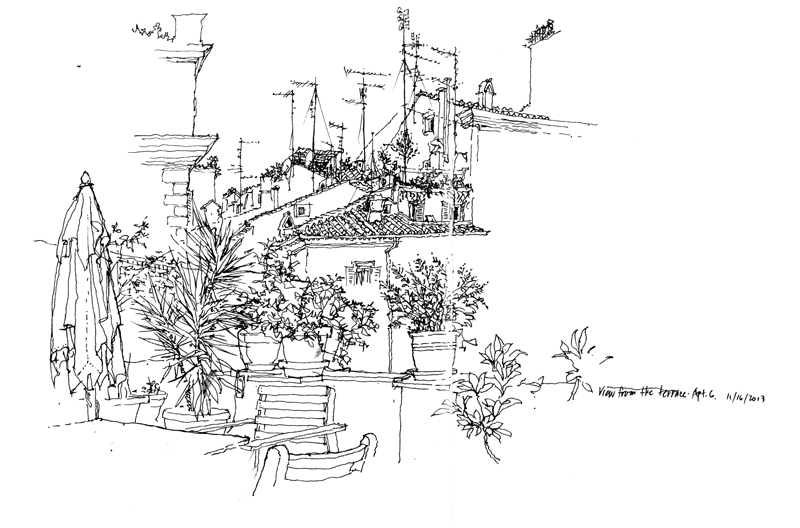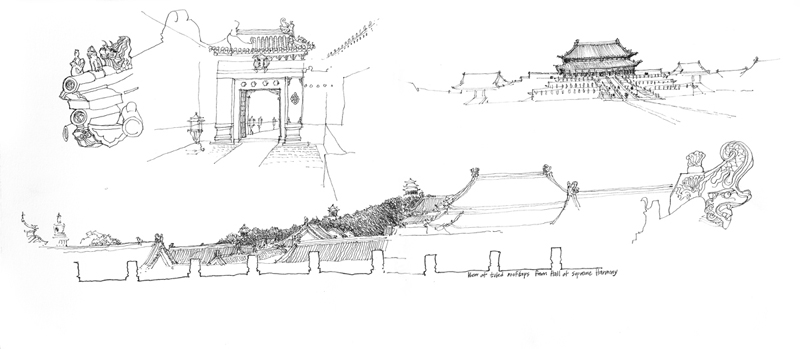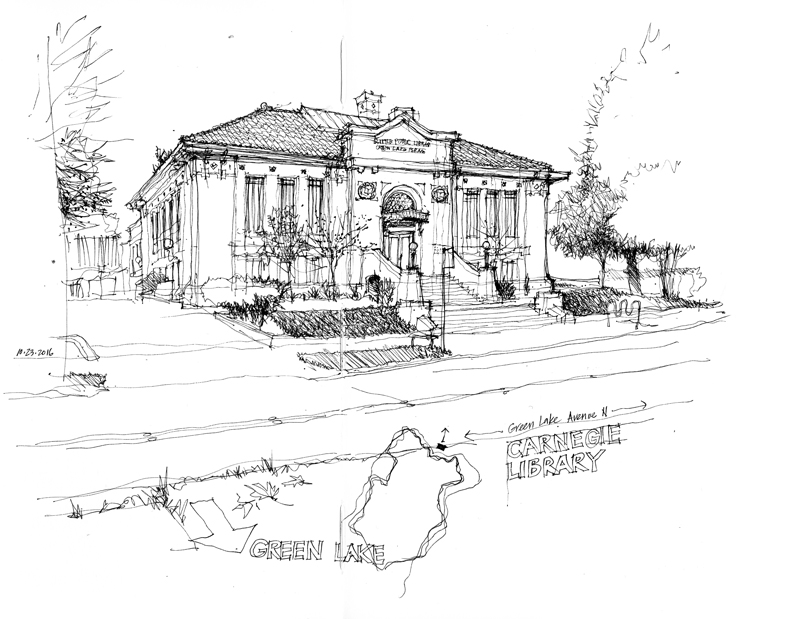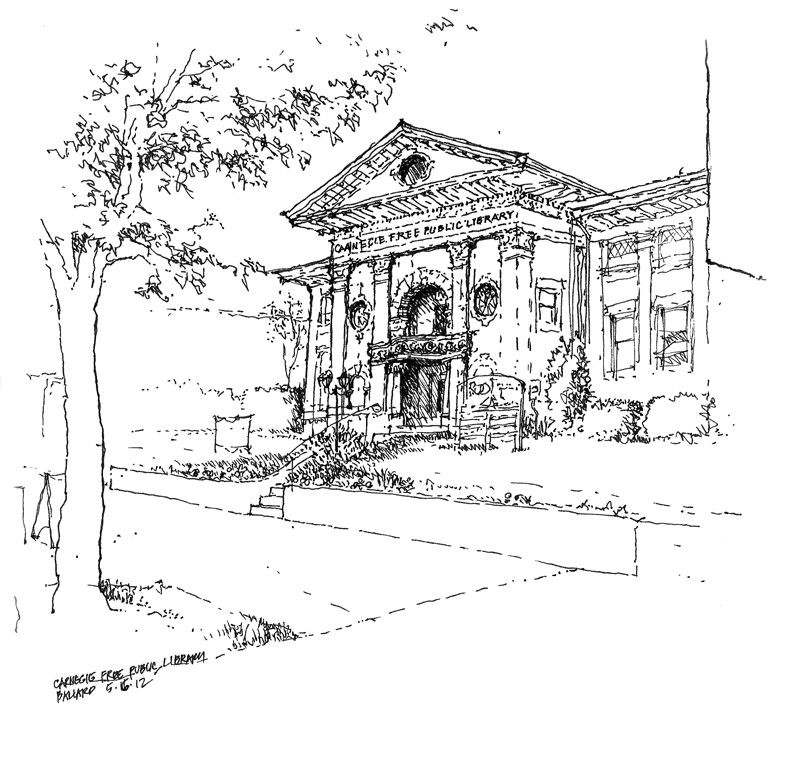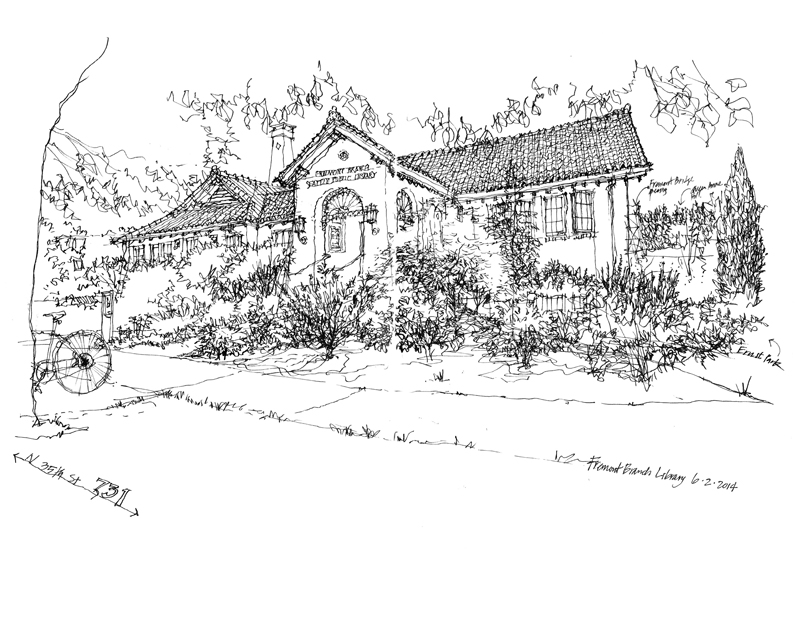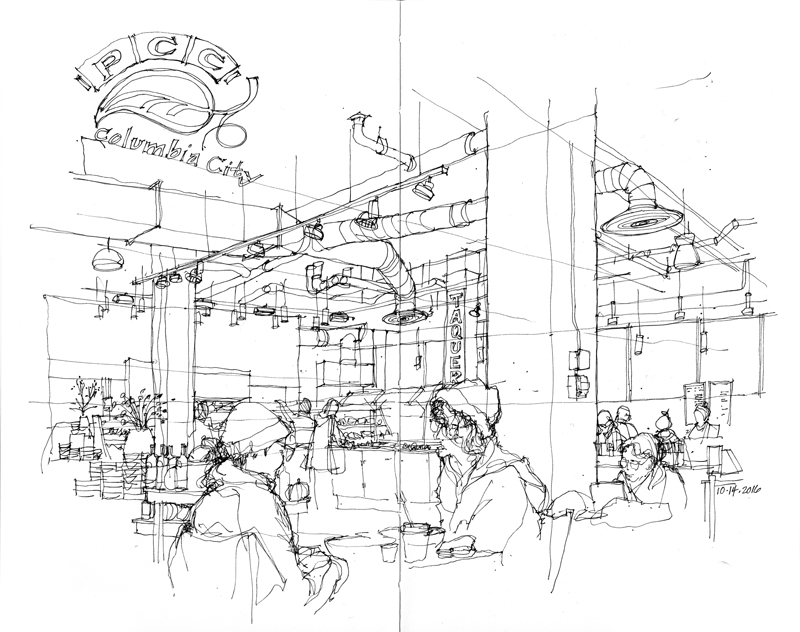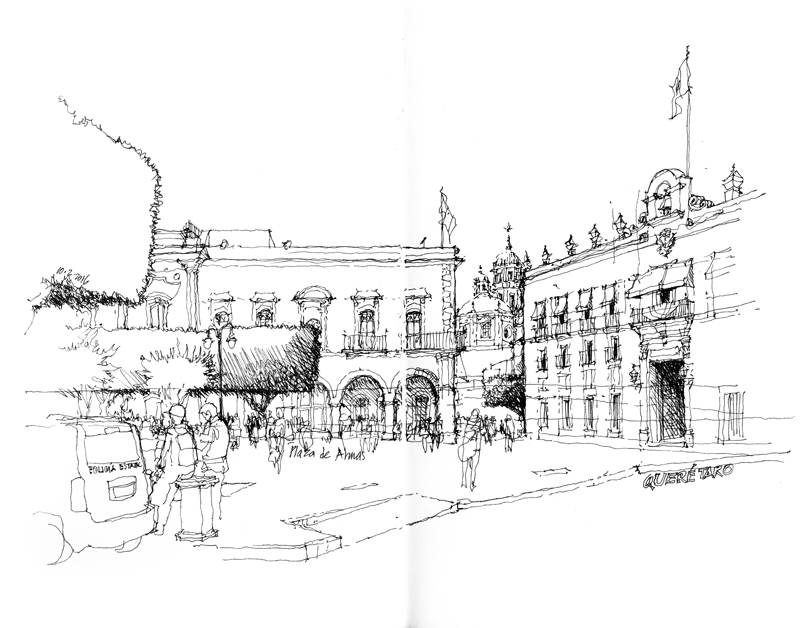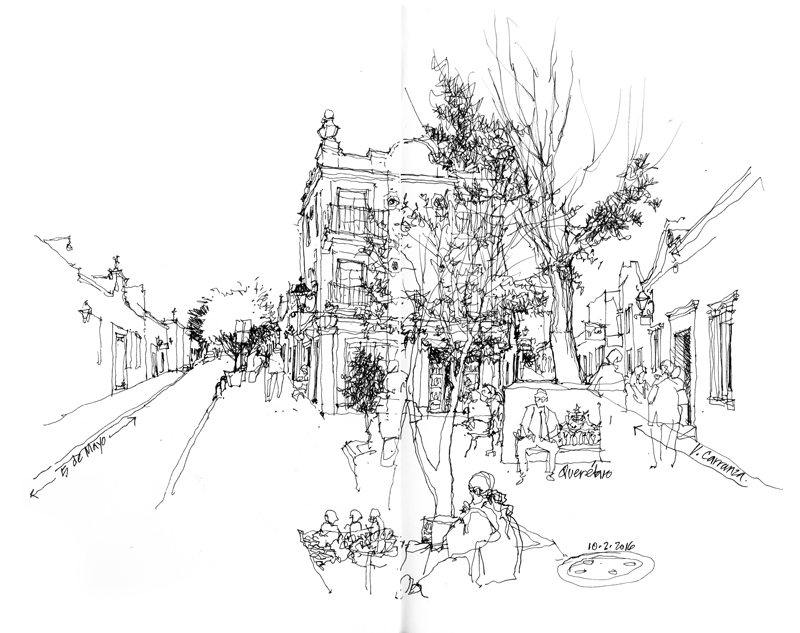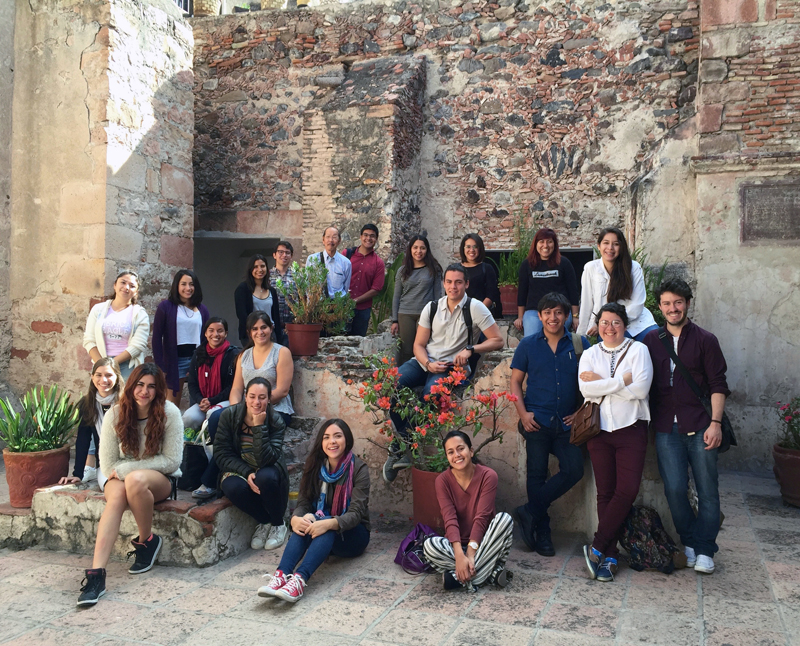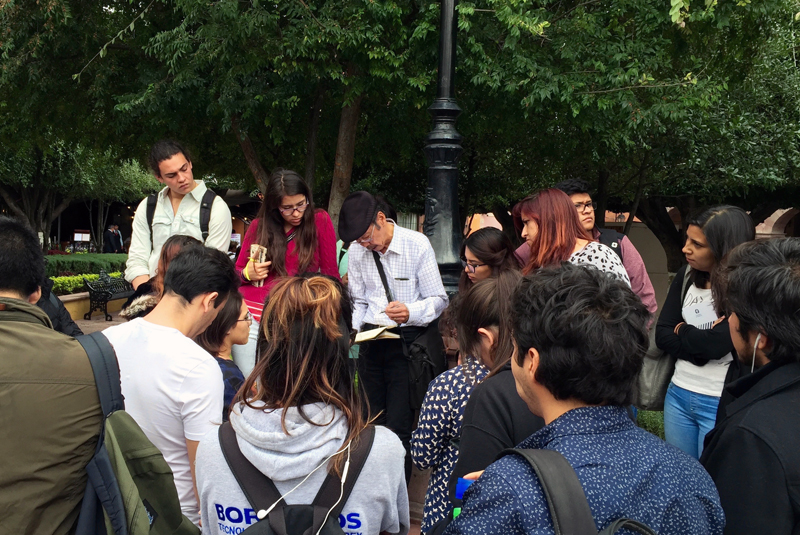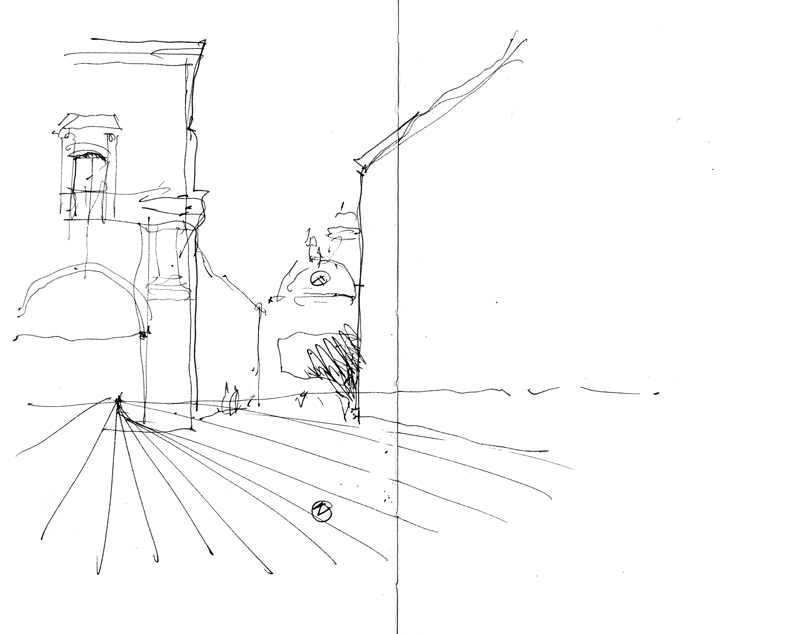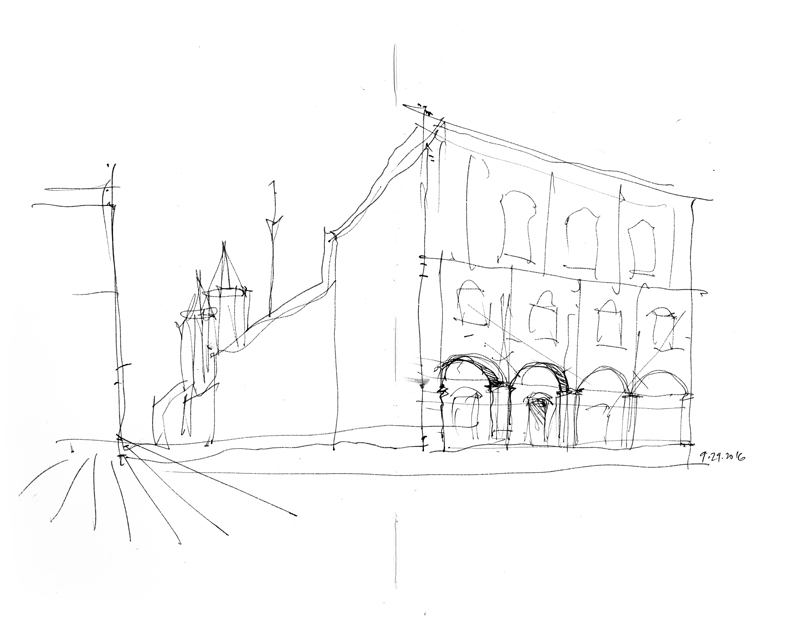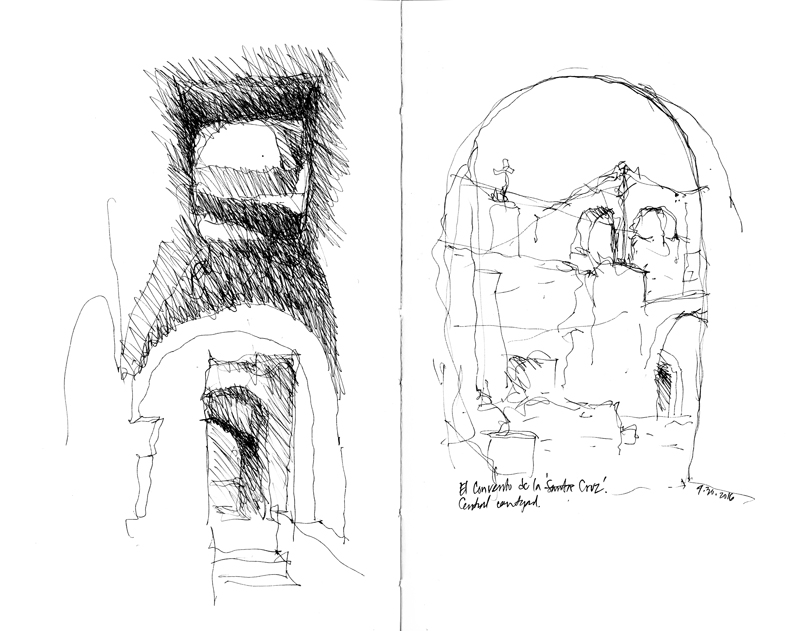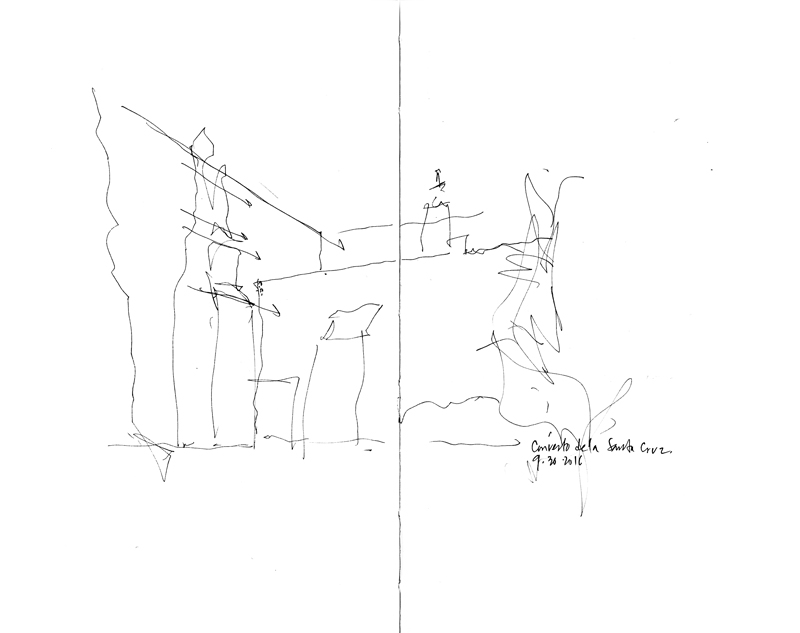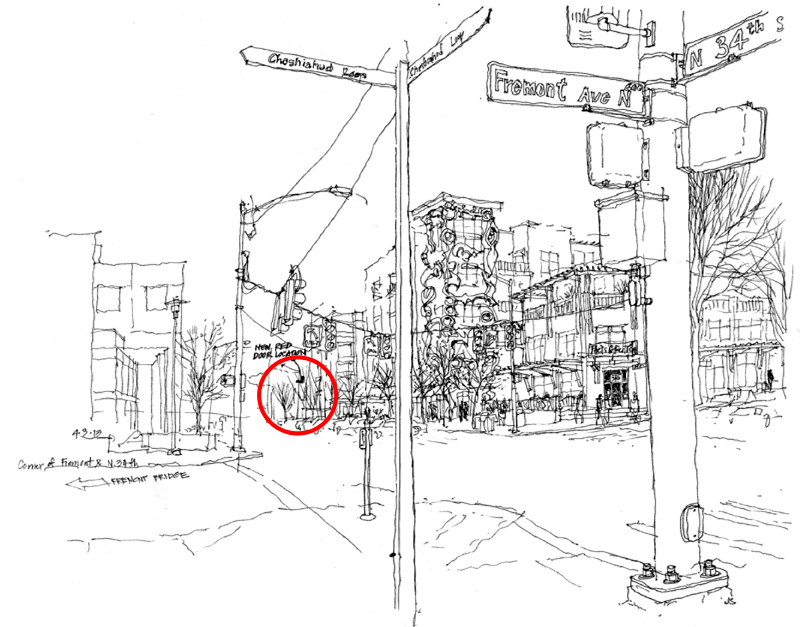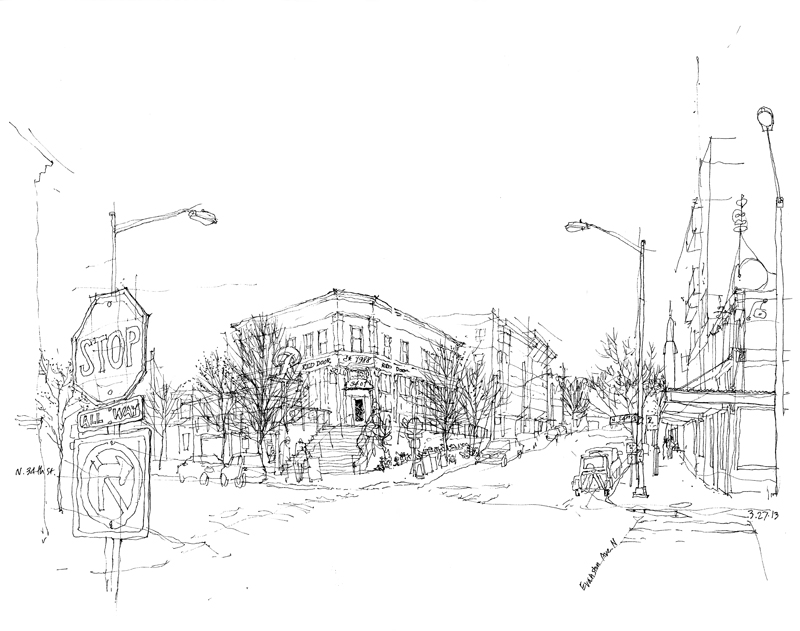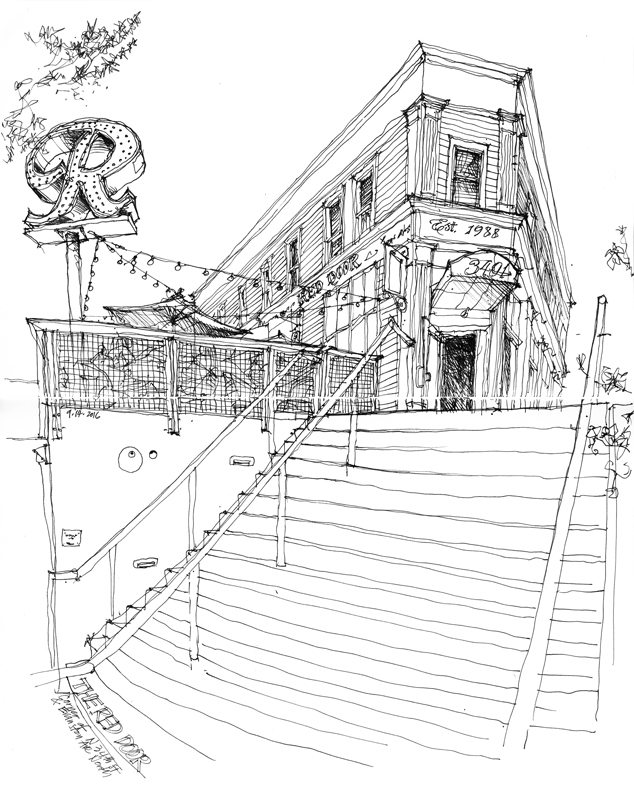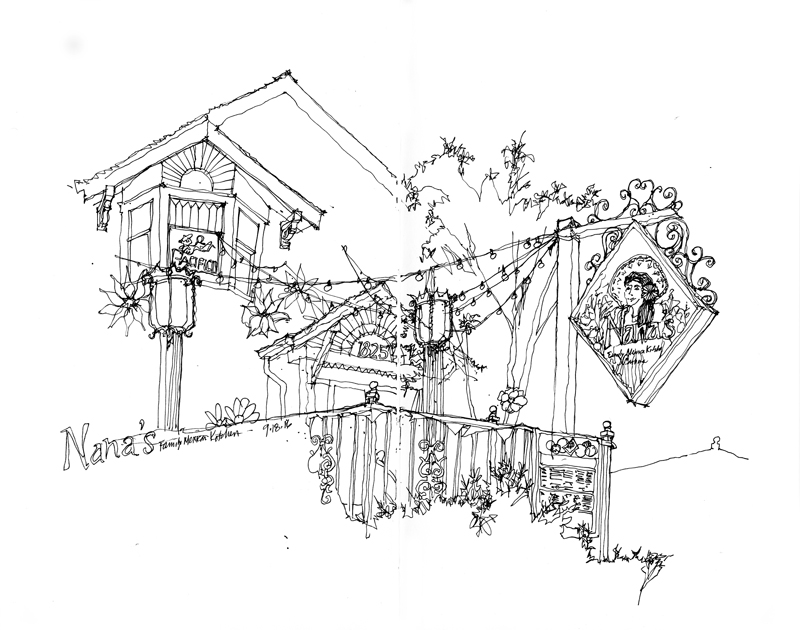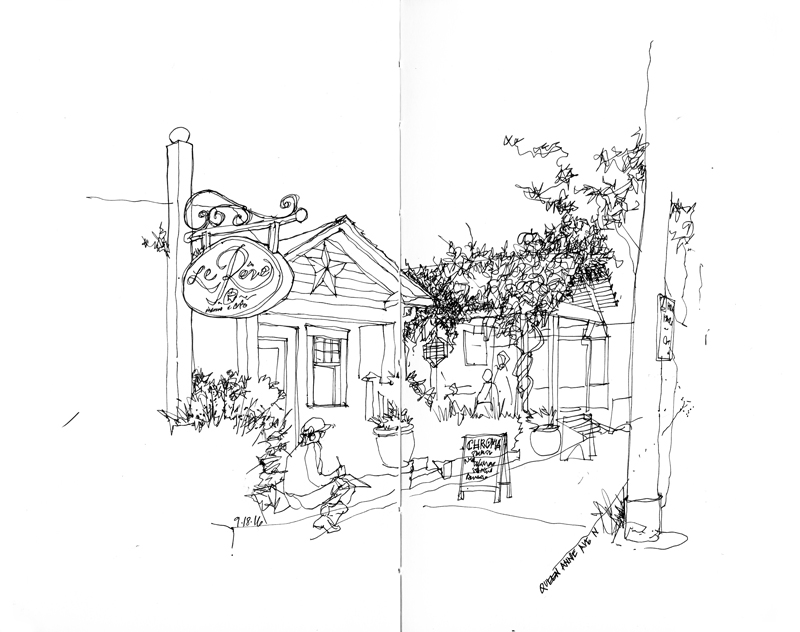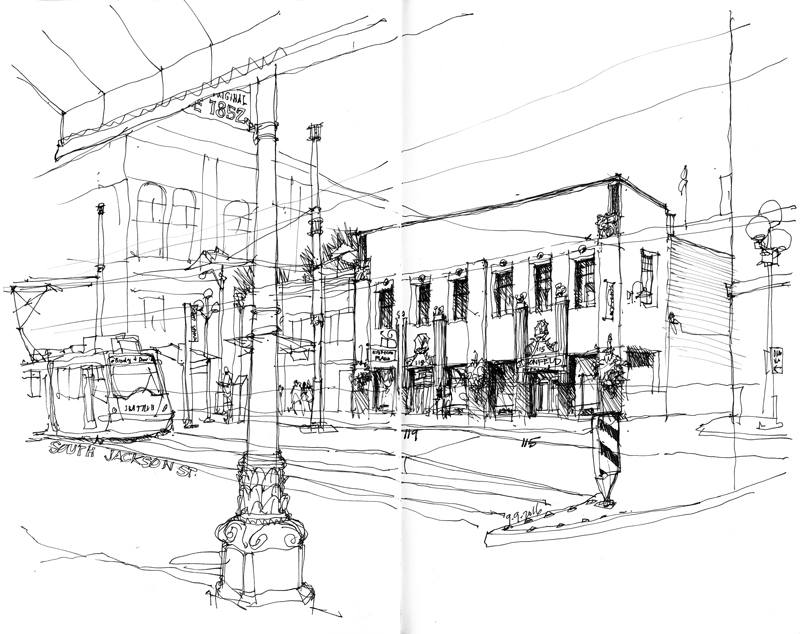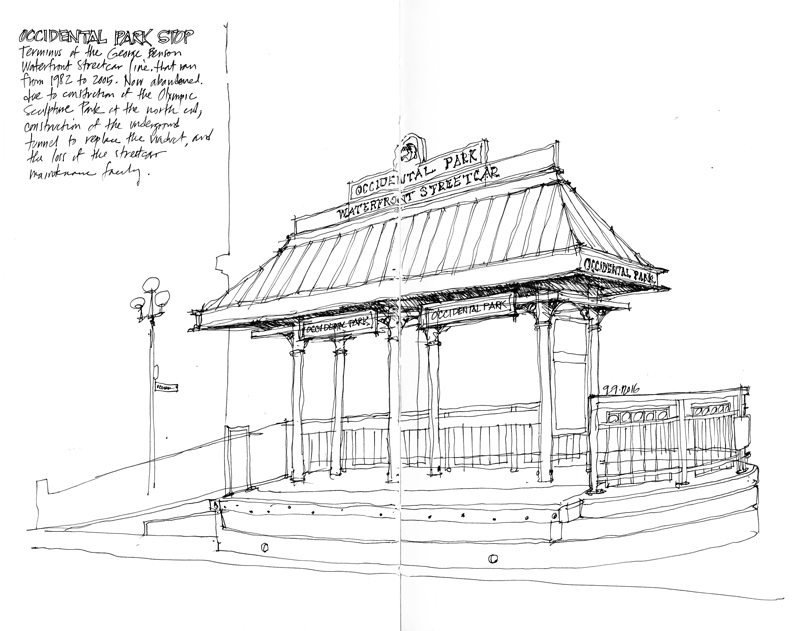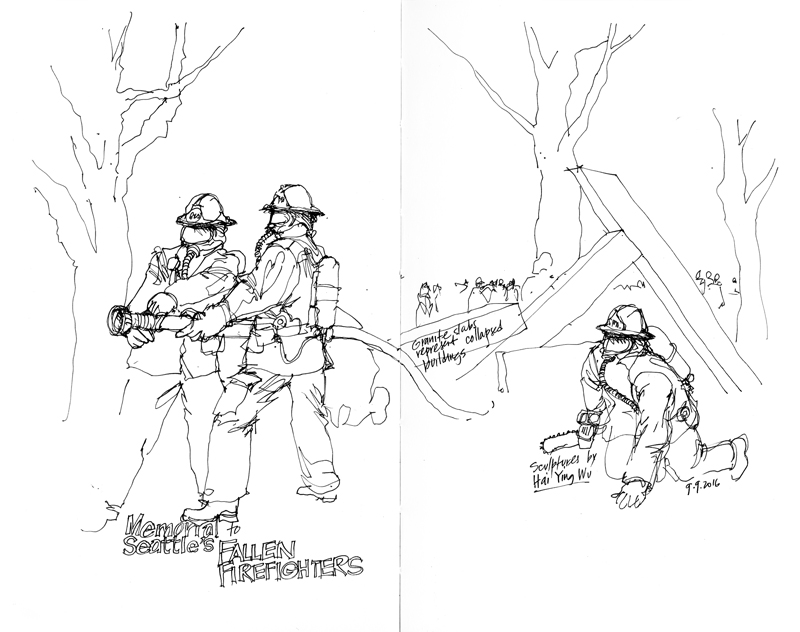I took the bus downtown a couple of weeks ago to do this drawing of McGraw Square, where 5th Avenue meets Stewart Street and Olive Way. My intention was to document an intersection where various modes of transportation converged—the elevated Monorail that was built for the 1962 World’s Fair and still travels a mile from Westlake Center to Seattle Center; the South Lake Union Streetcar line that runs 1.3 miles from this terminus to the south end of Lake Union; and the multiple buses routes that run east-west along Stewart Street. In addition, of course, there are all of the cars and pedestrians making their way through the downtown corridor.
But sometimes, things don’t work out as planned. Even though it was a fairly pleasant day, I just didn’t have the proper state of mind to finish the drawing. That’s okay. I intend to go back and finish it the next time clear weather is in the forecast.

